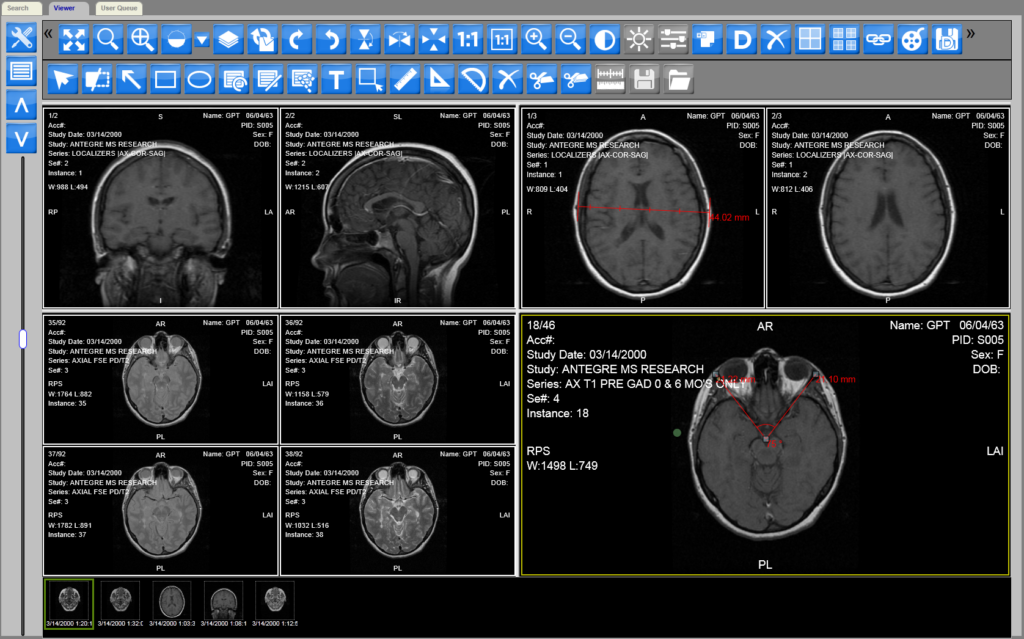Medical imaging formats like DICOM (Digital Imaging and Communications in Medicine) allow doctors to store and transmit scans like X-rays, MRIs, and CT scans.
Web-based DICOM viewer web provides authorized medical staff access to view these images via the Internet.
But how secure are these online DICOM platforms against emerging threats like the Spectre and Meltdown attacks?
Understanding Spectre and Meltdown CPU Vulnerabilities
In early 2018, two major hardware vulnerabilities nicknamed Spectre and Meltdown were publicly disclosed, sending shockwaves through the cybersecurity community.
These related exploits target CPUs from leading manufacturers like Intel, AMD, and ARM. The key implications include:
- Allow malicious programs to access protected memory regions
- Extract sensitive data like passwords and encryption keys
- Affects a wide range of computing devices, from PCs to smartphones.
Software-Based Precautions Fall Short
These exploits take advantage of natural CPU performance optimization methods involving speculative execution and caching.
Though fixes have been released via OS patches and firmware updates, software-only mitigations may still leave systems exposed.
Hardware changes appear necessary to fully address root causes. The implications are far-reaching, with CPUs embedded throughout medical networks and servers.
Potential Risks to Web-Based DICOM Viewing Platforms
While many details about these attacks’ implementations remain private, examples prove that medical systems with protected health information (PHI) are within range.
Successful hits could undermine cornerstones like HIPAA compliance and patient confidentiality.
Breaching System Boundaries to Reach DICOM Data
Like other modern exploits based on stealing cached data, these CPU-level vulnerabilities allow hackers to sneak around permissions.
By extracting credentials and keys stored in memory through microarchitectural side-channel attacks, attackers can potentially access network resources, including DICOM archives.
Once network boundaries are penetrated, insider-level access can be leveraged to view medical images and records.
Critical patient medical data at risk includes:
- DICOM files like X-rays, MRI, and ultrasound scans
- Clinical test results contained in DICOM objects
- Patient identities and personal information
With DICOM communication traditionally leaving images unencrypted for rapid access, the problem may be amplified compared to other protected health information.

Hardening Medical Imaging Platforms Against Emerging Threats
While details around these exploits continue evolving, medical IT teams must be proactive when addressing the implications.
Core strategies include:
Prioritizing Platform Updates and Vigilance
- Closely monitor cybersecurity advisories for new recommendations
- Routinely test and install system and software security patches
- Aggressively update hardware components whenever possible
Enhancing Authentication Checks and Access Controls
- Institute multi-factor authentication across all user accounts
- Follow least-privilege and need-to-know access principles
- Implement stringent session timeouts for inactive users
Improving Operational Security Policies
- Never disable cyber protections to boost performance
- Institute network segmentation rules where possible
- Provide updated staff training on cyber risks
Succeeding against sophisticated attacks like Spectre and Meltdown hinges on recognizing medical data represents a premium target for hackers. Taking practical steps to harden platforms while monitoring for emerging threats is key to providing doctors with reliable, secure access to DICOM imaging that modern medicine depends on.


